You are here
Soils of Central Asia.

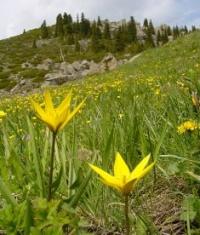
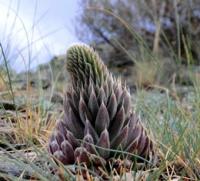

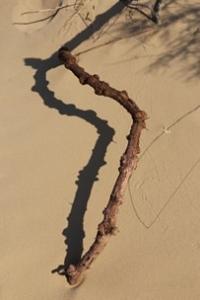

Seven Wonders of Central Kazakhstan.
“We need to find God, and he cannot be found in noise and restlessness. God is the friend of silence. See how nature - trees, flowers, grass- grows in silence; see the stars, the moon and the sun, how they move in silence... We need silence to be able to touch souls”
Mother Teresa.
Natural and unnatural wonders of Kazakhstan.
The peculiarities of the soil cover, as well as vegetation, will be considered in the course of the further complex characterization of Central Kazakhstan, deserts and mountains of Central Asia. Here we only consider in a very general way the processes of weathering and soil formation and the patterns of soil distribution.
The weathering processes in the sharply continental conditions of Central Asia lead to the formation of residual carbonate weathering crust, relatively weakly weathered, which results in abundant accumulation of sandy dusty destruction products and a low content of fine (silt) particles.
Weathering products are loesslike (this is one of the main reasons for the widespread loess and loess deposits in Central Asia); They are rich in various elements of plant ash supply. The weathering processes are most active in the middle mountainous and low-mountainous high-altitude zones, where more clay products are formed.
In the desert regions, weathering is most weakened and complicated by the accumulation of carbonates, gypsum, and easily soluble salts. Similar processes occur in the desert highlands. The end products of weathering of rocks are transported by surface and underground runoff and, due to no runoff, the territories of Central Asia are accumulated in closed basins.
The main role in this accumulation belongs to chloride and sulphate easily soluble salts, gypsum and calcium carbonate. All the desert plains of Central Asia are areas of chloride sulphate accumulation, which flows against a strong background, because solid runoff also takes a large part in lime accumulation (suspended sandy, dusty, and clay particles contain 7 – 23% of carbonic lime).
In addition, the low desert plains of Central Asia, which have experienced several stages of the alluvial regime, represent areas of accumulation of alumino-silicate weathering products in the form of sandy, sandy and clay particles brought by surface waters from mountain ranges.
The composition of rocks and the processes of alluvial and proluvial denudation have a great influence on weathering and soil formation, and glaciation, gravitational processes, and plane washout in the mountains.
An important factor in soil formation is artificial irrigation. Long-term irrigation had a positive effect on the oasis soils, but led to salinization and waterlogging of the surrounding lands. The destruction of natural vegetation in the deserts caused deflation of the soils of the sandy massifs, the destruction of woody and shrub vegetation in the mountains and foothills led to increased erosion and the formation of steppe forest soils.
The climatic conditions of soil formation in the plains of Central Asia and Central Kazakhstan vary from north to south. In this regard, the steppe chernozem soil zone of the extreme north of Central Kazakhstan is replaced to the south by a zone of chestnut soils and then a zone of brown desert steppe soils.
The desert plains of Central Asia belong to the zones of gray brown soils (northern and southern), where, according to the diversity of the parent rocks, various soils refer to the types of gray brown soils, takyr soils and takyrs are distinguished.
In the southern half of the desert zone, in the ephemeral deserts, in the semi-deserts of the foothill plains and foothills, typical serozems are prevalent.
The following high-altitude zones differ in the mountains of Central Asia:
1) desert steppe with the corresponding types of brown and gray terrestrial soils, developing in contrast to the soils of the neighboring desert plains in no other conditions;
2) dry steppe with mountain chestnut, dark gray and brown soils;
3) forest meadow steppe with various soils - mountain brown brown, mountain forest brown, mountain forest brown, dark brown and dark color, mountain black soils;
4) mountain meadow and meadow steppe with different subtypes of subalpine mountain meadow and meadow steppe soils, passing higher in
5) highland meadow, meadow steppe, desert steppe, desert takyr and dry tundra soils;
6) the zone of eternal snows and glaciers.
In the altitudinal zonality of the soil cover there are large differences between the northern and southern ridges, between the better and worse wetted parts of them. The height limits of these zones are also not the same.
All this determines the existence of various spectra of altitudinal zonality. Zones are not everywhere equally well expressed, some of them fall out in places or are represented by disconnected areas, such as, for example, a forest meadow steppe zone.
Certain types of soils of the high-mountain zone have signs of soil-forming processes that are more common in the mountains of Central Asia. Some soils of the desert zone, especially typical gray lands, are very fertile under conditions of artificial irrigation and constitute the main base of oasis farming, mainly cotton growing.
Other desert soils are used for irrigated agriculture after appropriate reclamation. In the desert zone there are large areas of virgin lands suitable for irrigated agriculture. Typical and dark gray lands and some other soils of highly raised foothill plains and foothills are used for rainfed agriculture.
During the development of virgin and fallow lands of Kazakhstan, large tracts have been plowed in zones of black earth and chestnut soils.
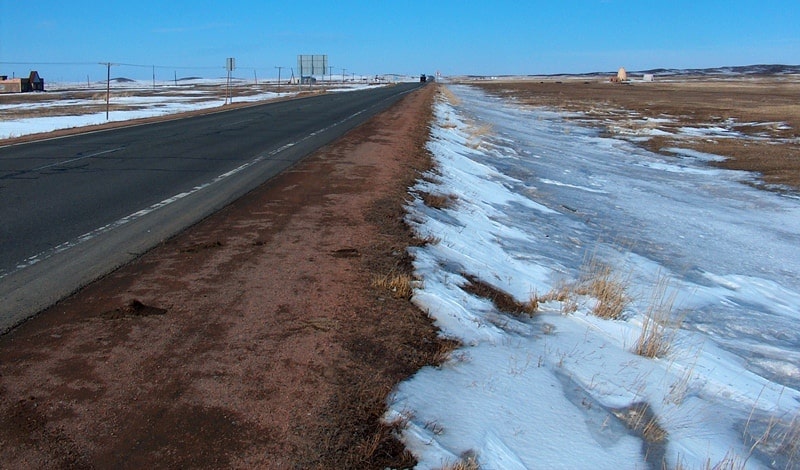
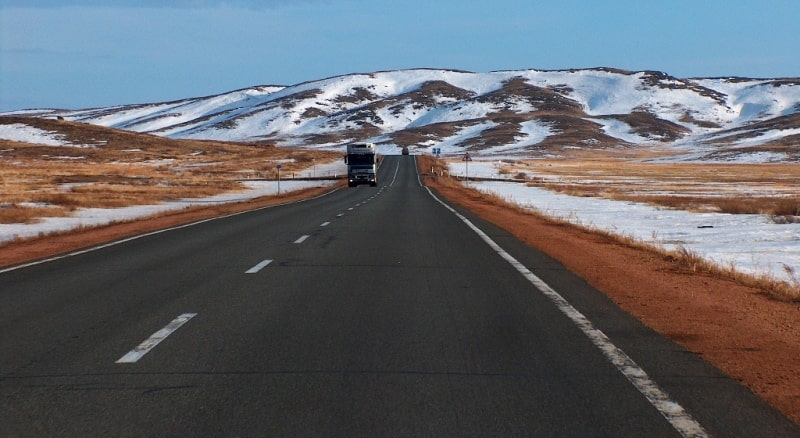
Authority:
N. A. Gvozdetsky, N. I. Mikhaylov. "Physical geography of the USSR. Asian part. The edition third corrected and added. Moscow "Thought" of 1978. http://tapemark.narod.ru/geograf/1_5_5.html
Photos by
Alexander Petrov.







